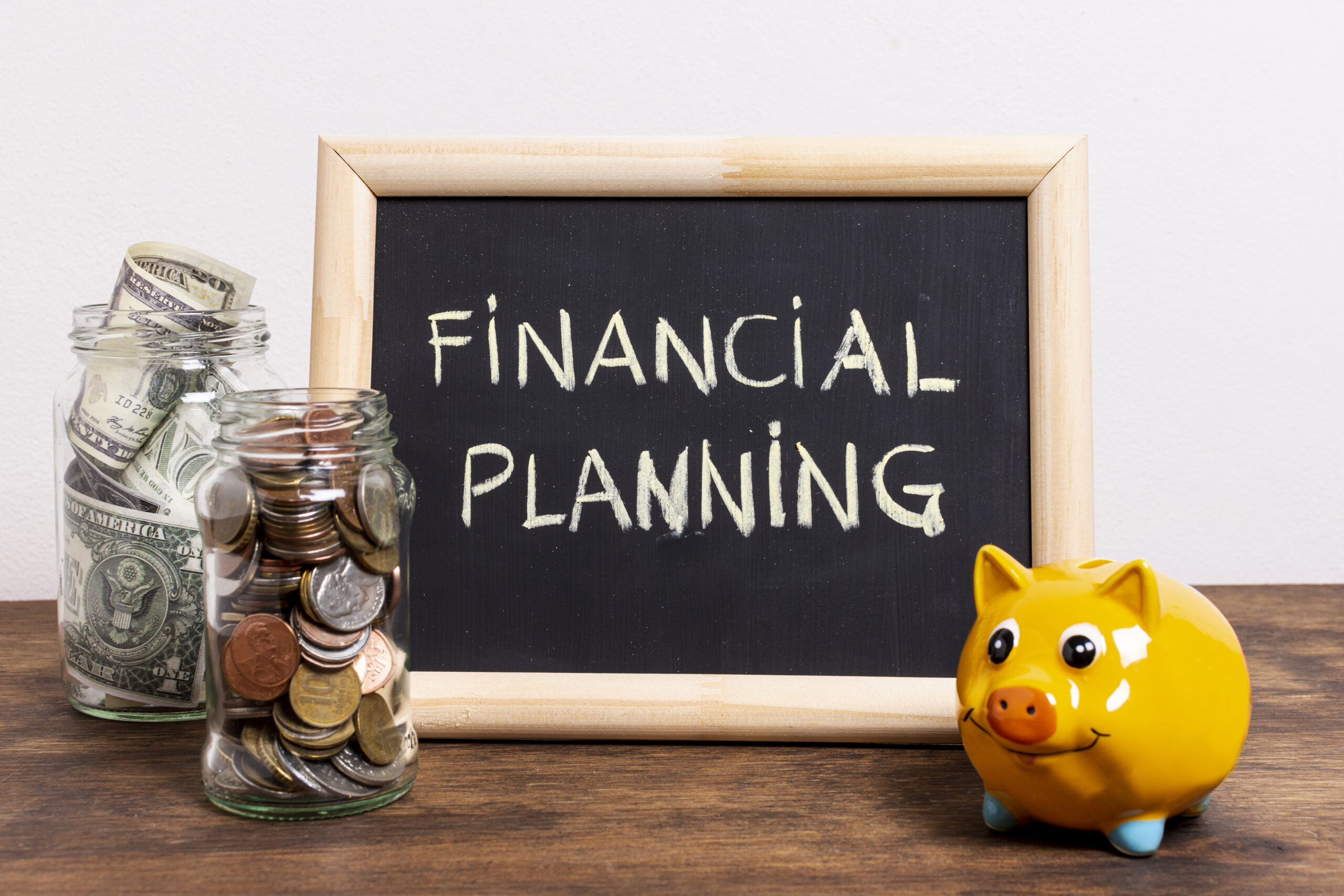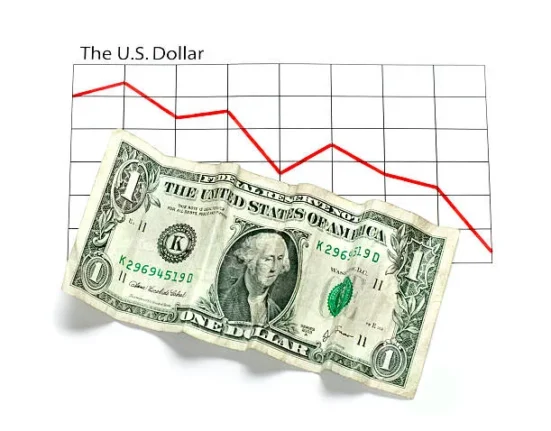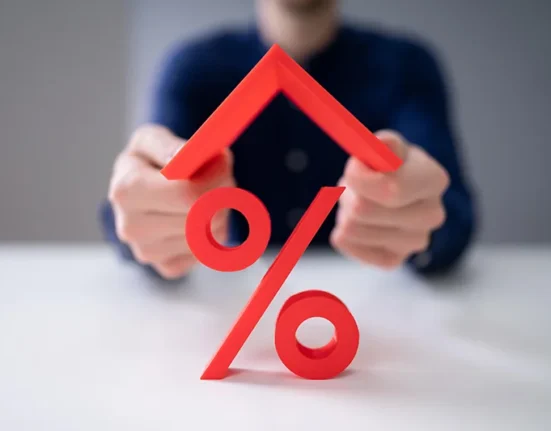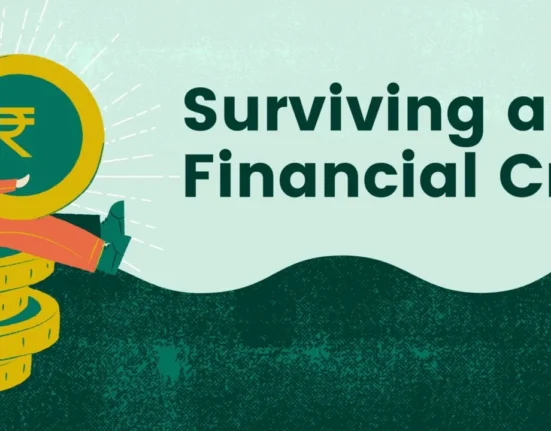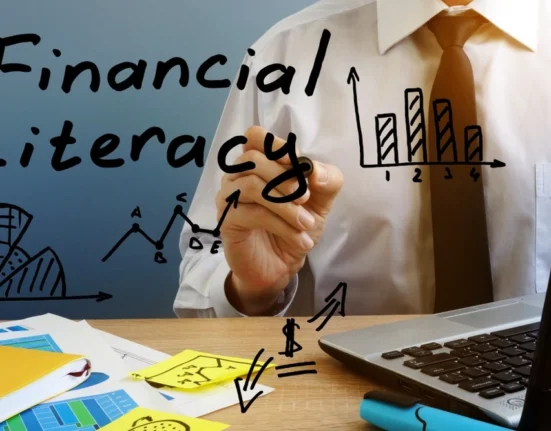The emergency fund is a special savings account that will cover unplanned costs without needing to borrow money. If you do not have the funds, an emergency can drive you to use credit cards or take out loans that take a long time to clear. Generally, saving three to six months’ worth of expenses is a good idea, but it’s often easier said than done if your income does not always match your costs. Start by putting aside $500 — it’s enough to cover many regular emergencies and help you relax.
Set Realistic Goals and Start Small
If you’re building an emergency fund while living on a tight budget, make your goals something you can meet easily. Don’t start by thinking six months—try to build an emergency fund with a smaller goal like $500 first. If you set aside just $10 every week, you’d have $520 saved up after a year or $680 if you manage $20 per week for six months. When you’ve saved the first thousand, then increase your target amount each time.
Set yourself a goal so you don’t lose interest and feel proud as the money in your account increases. Every little thing you save helps, and your savings will probably increase as time goes on.
Budgeting Help to Find Money to Save
A major difficulty in making an emergency fund is trying to find money you can put away. You need some budget help at this point. Start monitoring your earnings and costs to learn where your money is used. You may notice spending leaks, such as the money spent on daily coffees or subscriptions you’re not using.
A good way to create extra money is to spend less on things you don’t need. For example, instead of paying for cable, try saving money by using one of the many cheaper streaming services, or you might switch to making do with some of your old clothes. Something as simple as making your meals at home, rather than buying them out, can slowly add up to a lot in an emergency fund.
If you have payments scheduled for next month and don’t need to use them, instead, move them into your emergency savings. Using the snowball method means you grow your savings in a way that doesn’t seem difficult.
Save Money Automatically to Build Savings
When you automate your savings, building up your emergency fund becomes less difficult. Make it a habit to move some of your income from your pay check into an emergency fund account. Keeping your savings out of mind helps reduce your chance of wasting the money you want to save.
Several banks give you the option to plan regular advances to your emergency fund. Maintaining a separate account that is removed from instant transfers helps you slow down when taking money out, all while earning some interest.
Low Income Saving Strategies That Work
Living with less money means you have to get creative and strict. Besides reducing what you spend, think about ways to get more money coming in. Working a bit more can give you an additional way to put money into your emergency fund. You may easily work from home after your day job on freelance writing, data entry, or graphic design projects.
It is worth your time to find free money offers like tax credits or employer contributions to a 401(k) if they exist. They give you good financial habits and may encourage you to put money aside.
Letting go of habits that waste your money, such as eating fast food or smoking, can save you money that you can put aside. If you save all your spare cash in a jar, you will be surprised how quickly it grows and can be included in what you put aside for emergencies.
Stay Motivated and Keep Financial Planning in Focus
Since putting money into an emergency fund takes patience, you need to stay determined. Think about the reasons you’re saving to keep from going into debt, reduce your worries, and feel safe financially. Think about how good it is to have a plan in place for when something unexpected comes up and doesn’t stress you out.
Make your financial plan adjustable. Things in life evolve, which means your budget will too. Check how much money you have saved and shift your savings plan if it isn’t working for you. Celebrate every important step you take to keep yourself motivated.
Where to Keep Your Emergency Fund?
Put your emergency fund somewhere safe and far away from your money used for everyday expenses. With this setup, you won’t have to wait for your money when you need it. You can usually get a better interest rate with an online savings account, which makes you less likely to reach in and touch your savings too quickly.
Final Thoughts on Building an Emergency Fund
If you approach it right, making an emergency fund on a limited budget can still be done. Setting your savings goals properly, talking to a budget expert, connecting your savings to automatic transfers, and following low-income saving tips can help you build up money that will shield you from sudden expenses. Getting financially stable won’t happen overnight—it’s a long process. Each dollar you save brings you a little closer to confidence in your finances.


